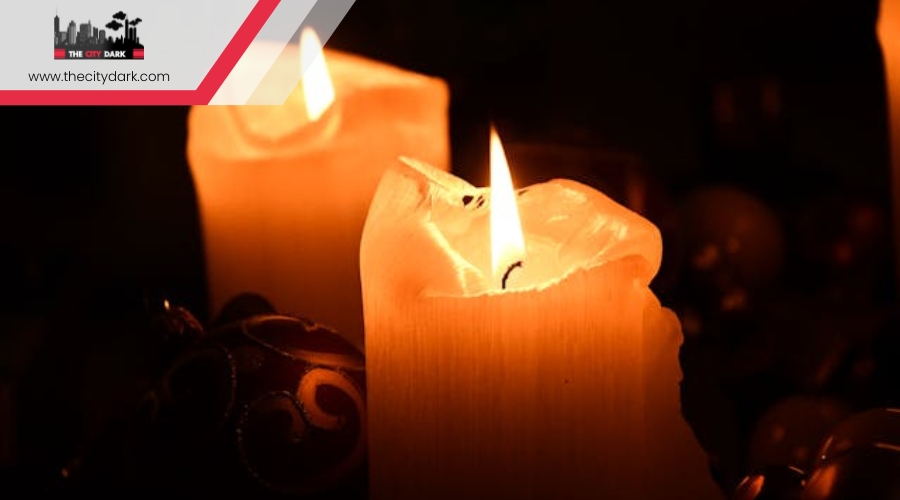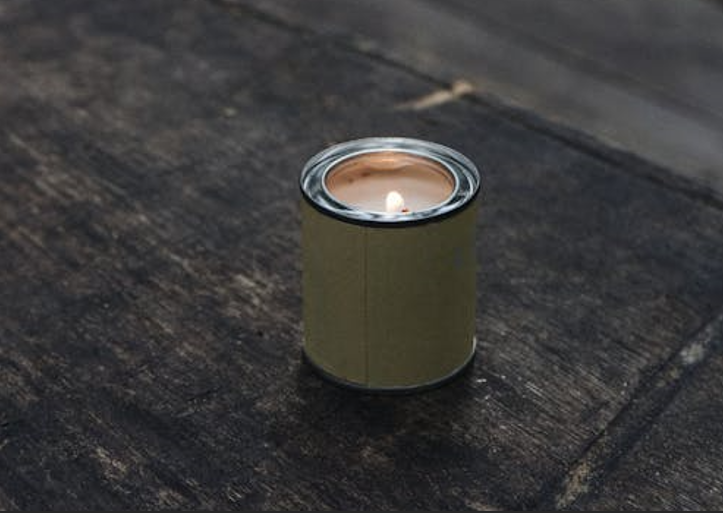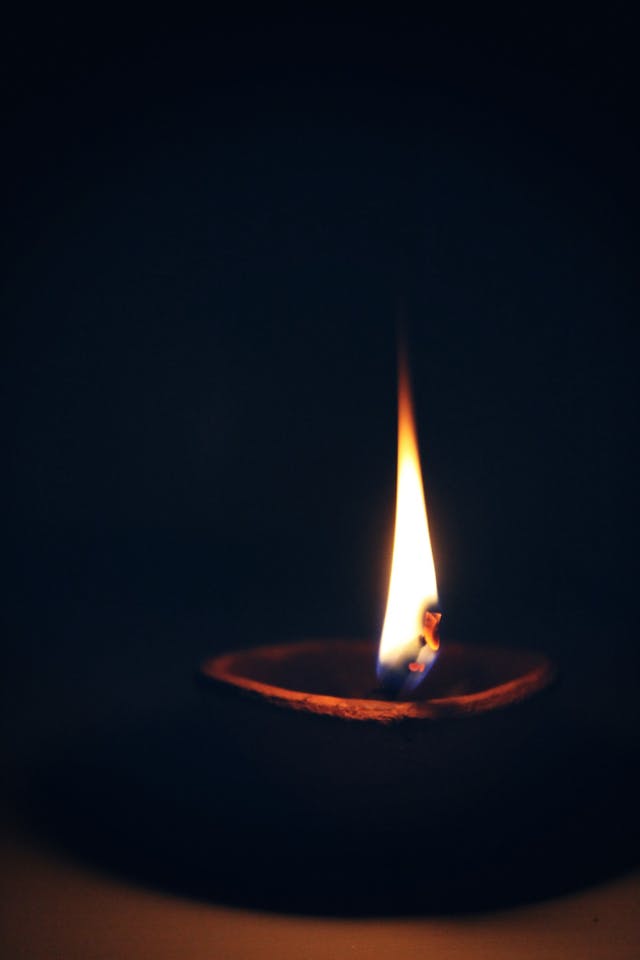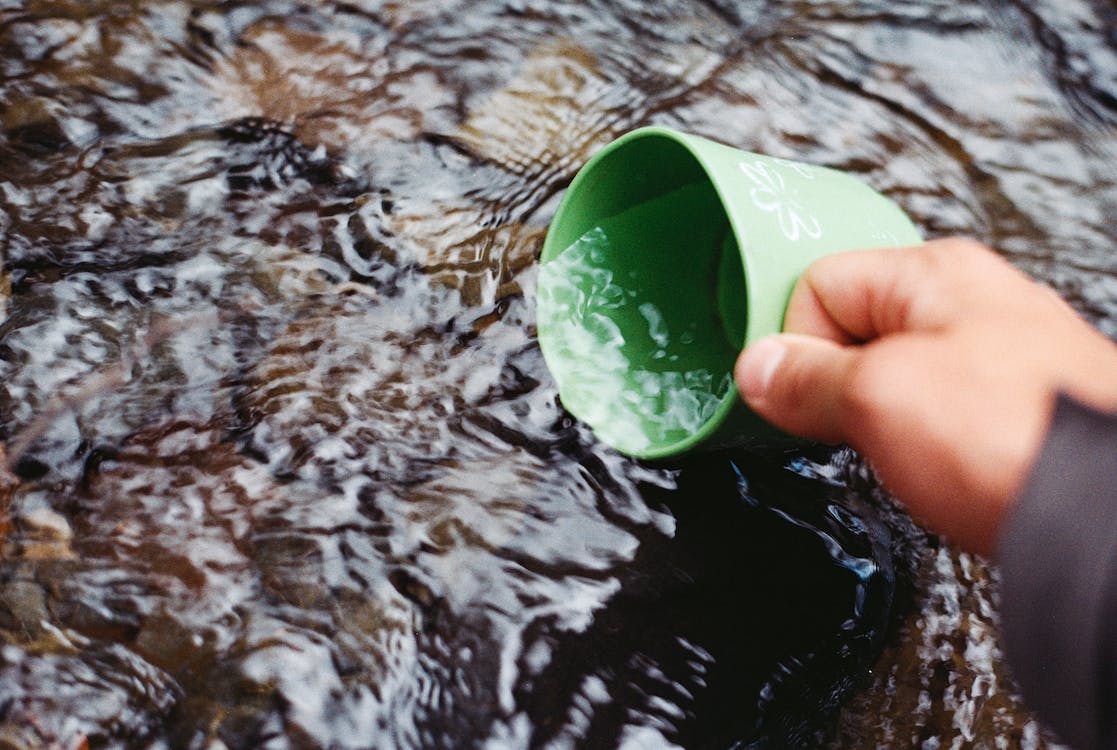Imagine the gentle flicker of a candle’s flame casting a warm, reassuring glow as you navigate the precarious tightrope of survival in a scenario where clean water is a luxury. You’ve likely considered the basics: shelter, food, and water.
But when your water supply’s purity comes into question, you’re faced with a dilemma that demands ingenuity. Here’s where an unassuming candle steps into the limelight, offering a beacon of hope.
By employing a candle to purify water, you’re tapping into the science of evaporation and condensation – a method that could very well tilt the scales in favor of your survival. While this technique might not be the most efficient or comprehensive, understanding its mechanics, the necessary materials, and the step-by-step process, along with the safety precautions, could prove invaluable.
You’re probably wondering about the effectiveness of this method and its limitations compared to more conventional purification techniques. Let’s explore how this simple, yet ingenious, method stands up as a survival strategy.
Key Takeaways
- Candles can provide light, warmth, and comfort in emergency situations.
- Candles are highly portable and can be used to warm small amounts of water.
- Candles can assist in creating a steam distiller for water purification.
- The heat from candles is insufficient for distilling large quantities of water, so they should not be relied upon solely for water purification.
Understanding the Science
Let’s dive into the science behind purifying water, focusing on how various methods tackle contaminants and pathogens effectively. When you’re out in the wild or facing an emergency, ensuring you have access to safe drinking water is crucial.
The ceramic filter shines by removing bacteria and cysts from contaminated water, making it a reliable choice for water purification. However, it’s important to note that while ceramic filters excel in this area, activated carbon filters fall short against bacteria, though they’re great for improving taste and removing certain chemicals.
For those moments when you’re without electricity, UV systems, which are fantastic at making bacteria-laden water safe, won’t be your go-to. Instead, consider steam distillers. These robust devices can tackle a wide array of contaminants, including heavy particles and even radioactive fallout, ensuring you have clean water.
In survival situations, remember that simplicity often wins. Boiling water remains the gold standard for killing off parasites, bacteria, and pathogens, ensuring you’ve got safe water. And for convenience, straw-style filters offer a practical solution for disinfecting water on the go, making them an essential tool in your survival kit.
Required Materials
To begin purifying water using the methods discussed, you’ll need a few essential materials, including ceramic filters, UV systems, and steam distillers. Each of these plays a critical role in ensuring your water supply is safe for consumption.
Ceramic filters, known for their fine pores, incorporate an activated carbon filter element that removes bacteria and impurities, making them a cornerstone in water treatment. Additionally, the use of UV systems exposes water to ultraviolet light, effectively killing microorganisms without the need for chemicals.
For those seeking a method that leaves no stone unturned, steam distillers offer a reliable way to purify water. By boiling water, these devices capture steam and condense it back into a liquid, free of contaminants and pathogens. This process is invaluable, especially when your water supply’s safety is uncertain.
Don’t forget the basics: always have a clean container of water ready for the purification process. In situations where you need to purify on the go, iodine tablets can serve as a quick and effective water treatment solution. Pairing these tablets with filtration devices enhances their effectiveness, ensuring you have access to clean water in any scenario.
Step-by-Step Process
Having gathered the necessary materials for purifying water, we’ll now walk through the step-by-step process to ensure your water is safe for consumption. First, if you’re using a ceramic filter cartridge, attach it to your pump-action or drip/suction water filter. These filters are effective in removing pathogens and heavy metals from your emergency water supply.
Next, fill your water container with the water you need to purify. If you’re utilizing a straw-style water filter, you can simply insert it into your water bottle and sip to drink the filtered water directly. For larger quantities, pump-action filters require you to manually pump water through the filter cartridge into a clean container.
When using a drip/suction filter, place the filter above your clean water container and allow gravity to pull the water through the filter, collecting the filtered water below. Remember to use about one quart of water per person as a general guideline for adequate hydration.
Lastly, if available, consider using a UV light device like the Steripen Sidewinder for an additional layer of disinfection. This step is particularly useful in ensuring that your water is free from harmful microorganisms.
Safety Precautions
When using candles to purify water, it’s crucial to prioritize safety measures to prevent accidents and ensure a safe environment. Keeping the area well-ventilated is essential to avoid inhaling fumes. It’s a good idea to place the candle on a stable and heat-resistant surface to keep things safe and prevent accidental fires. When choosing a container for the water, opting for fire-safe materials, like stainless steel, is wise. This choice not only enhances safety but also supports the water flow needed for purification, especially if you’re assembling a gravity filter.
Make sure to keep flammable materials away from the candle to minimize fire risks. It’s also a good idea to use filter cartridges designed for the type of container you’re using to ensure the water without contaminants flows smoothly.
Always keep candles out of reach of children and pets to prevent accidents, and remember to extinguish the candle when not in use. By following these precautions, you can safely purify water without risking your safety or that of those around you.
Advantages and Limitations
After ensuring the safety precautions related to using candles for water purification, let’s explore their advantages and limitations. While candles offer unique benefits, especially in survival scenarios, their efficacy in water purification has its bounds. Here’s a breakdown to understand better:
- Advantages of Using Candles for Water Purification:
- Candles can provide light and warmth for up to 45 hours, making them one of the best companions in emergency situations.
- They’re highly portable, fitting easily into any survival kit without taking up much space. A single candle can warm a small bottle of water, making it more palatable.
- In inventive setups, candles can assist in creating a steam distiller. Though not the most efficient, placing a bottle of water near a candle can slowly increase the water’s temperature, helping in reducing some contaminants.
- Candles can serve as a mental health booster, offering comfort and a sense of normalcy when water coming from other sources might be scarce.
- Limitations:
- The heat from candles is insufficient for distilling large quantities of water. You’d need an actual water heater or a more robust system for larger volumes.
- They do not directly purify water. While they can assist in the process, relying solely on candles means you’re missing out on eliminating many harmful pathogens. Drops per day of purified water would be significantly less than required for survival.
- Edible fat-based candles should be your last resort. They’re not designed for purifying water and could introduce more risks than benefits.
Understanding these points ensures you’re better prepared for using candles in your water purification strategy, balancing their benefits against their limitations.
Conclusion
In conclusion, using candles to purify water is a viable last resort in survival scenarios. It’s a simple process that involves heating water to produce condensation, which then forms droplets of cleaner water. You’ll need a candle, a container for the water, and patience.
Always remember the safety precautions to avoid accidents. While this method has its advantages, including accessibility and cost-effectiveness, it’s not the most efficient. Consider it a temporary solution until a better option is available.




